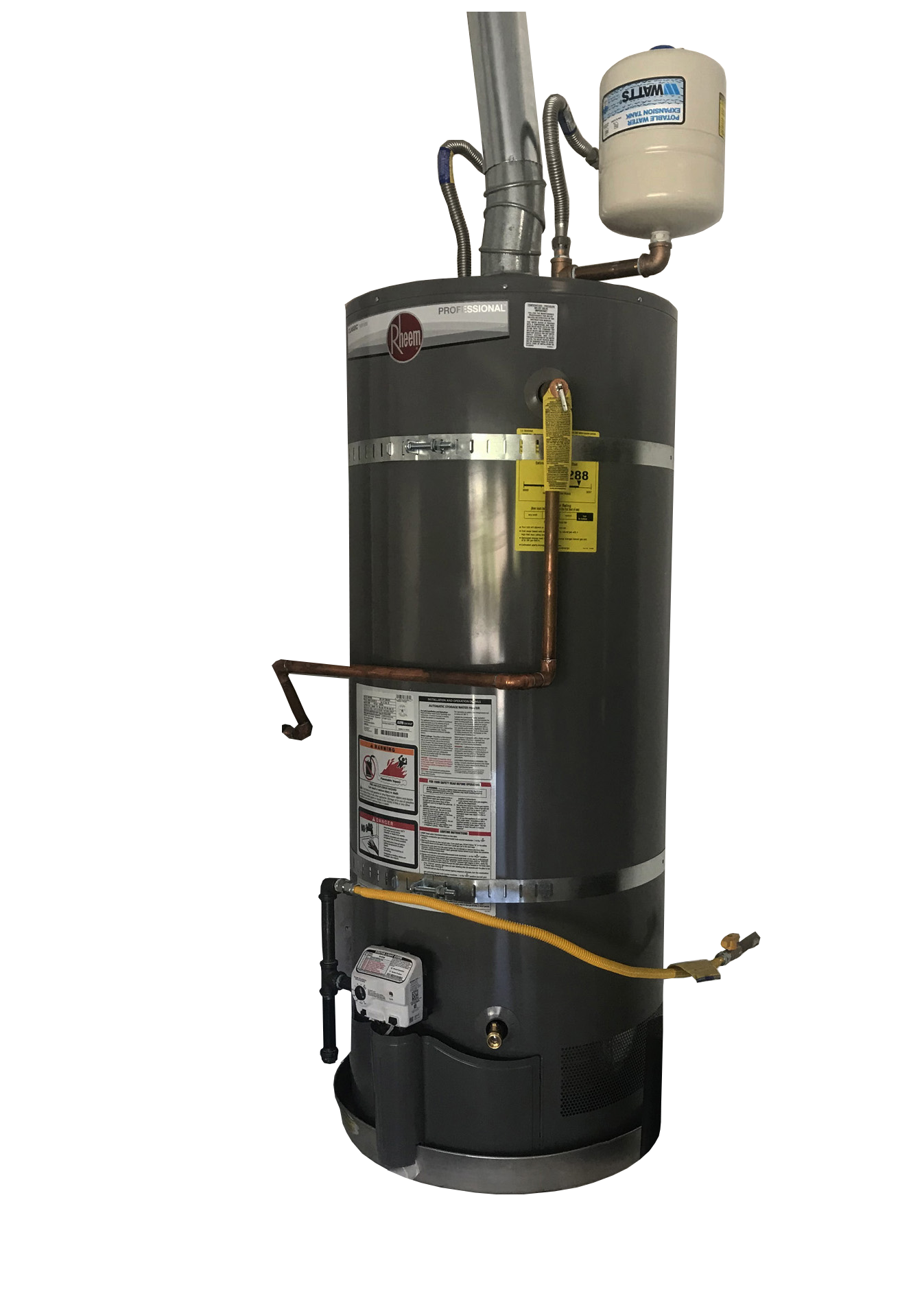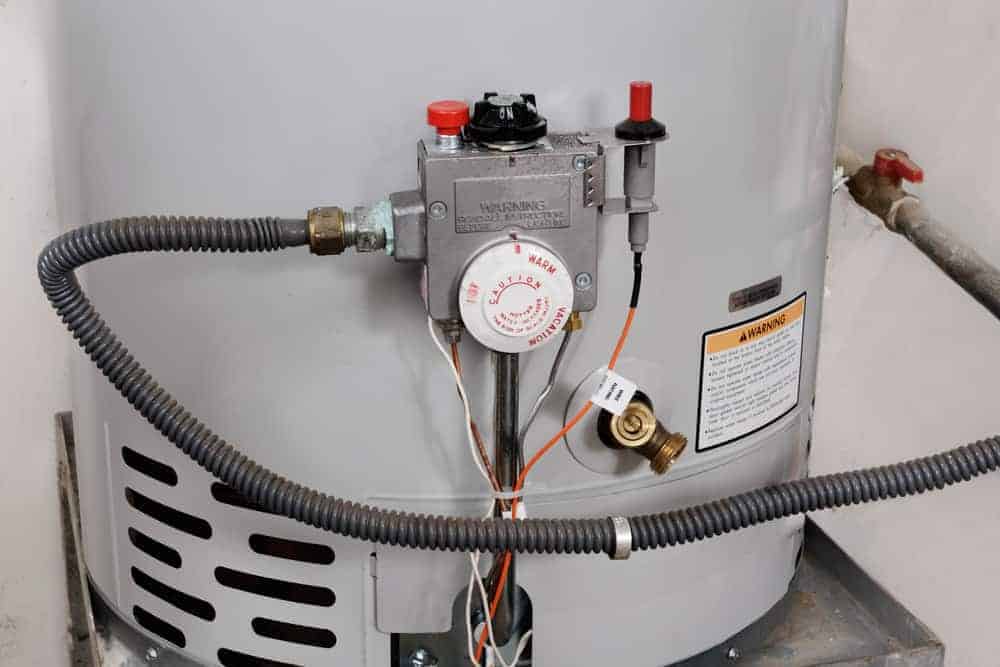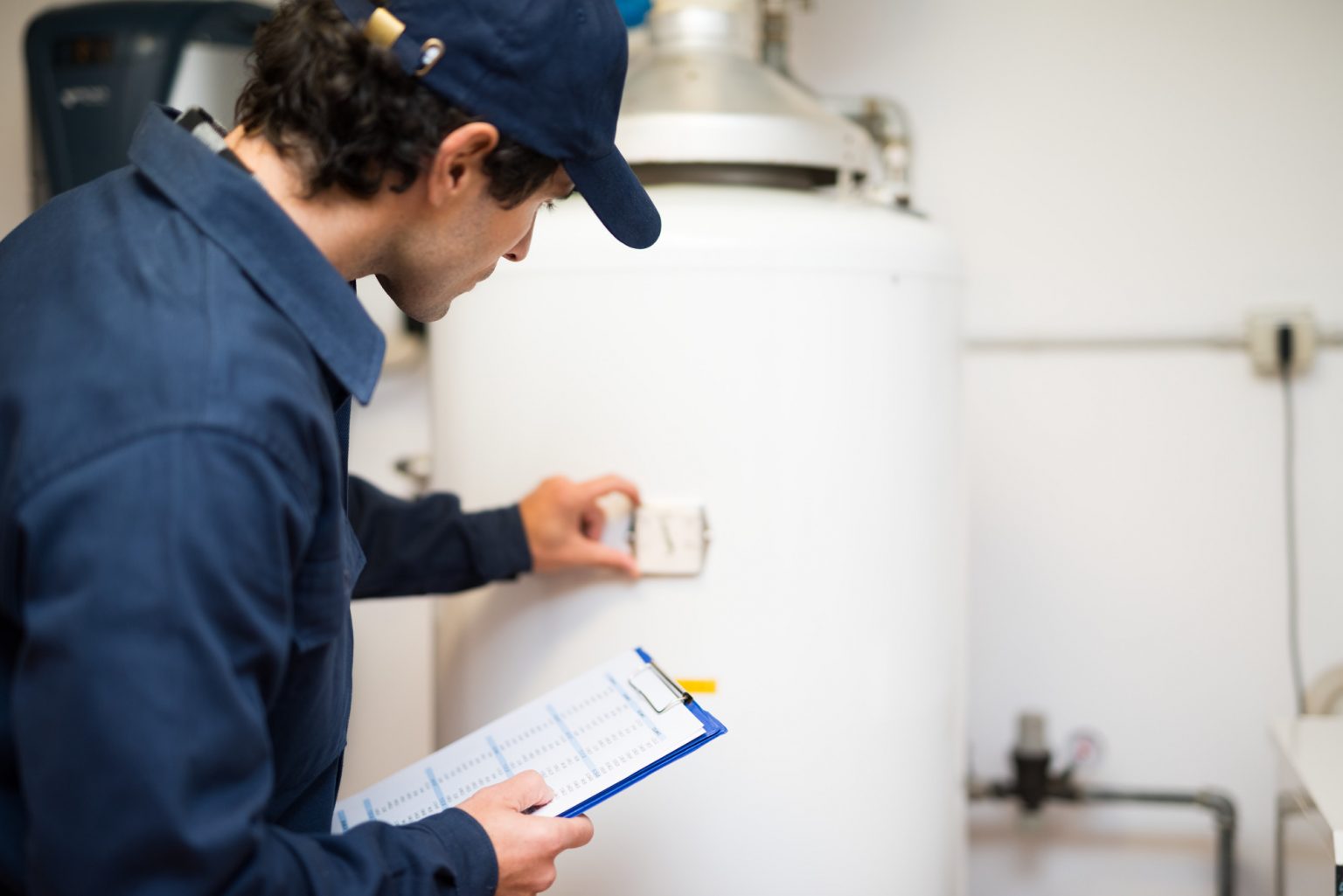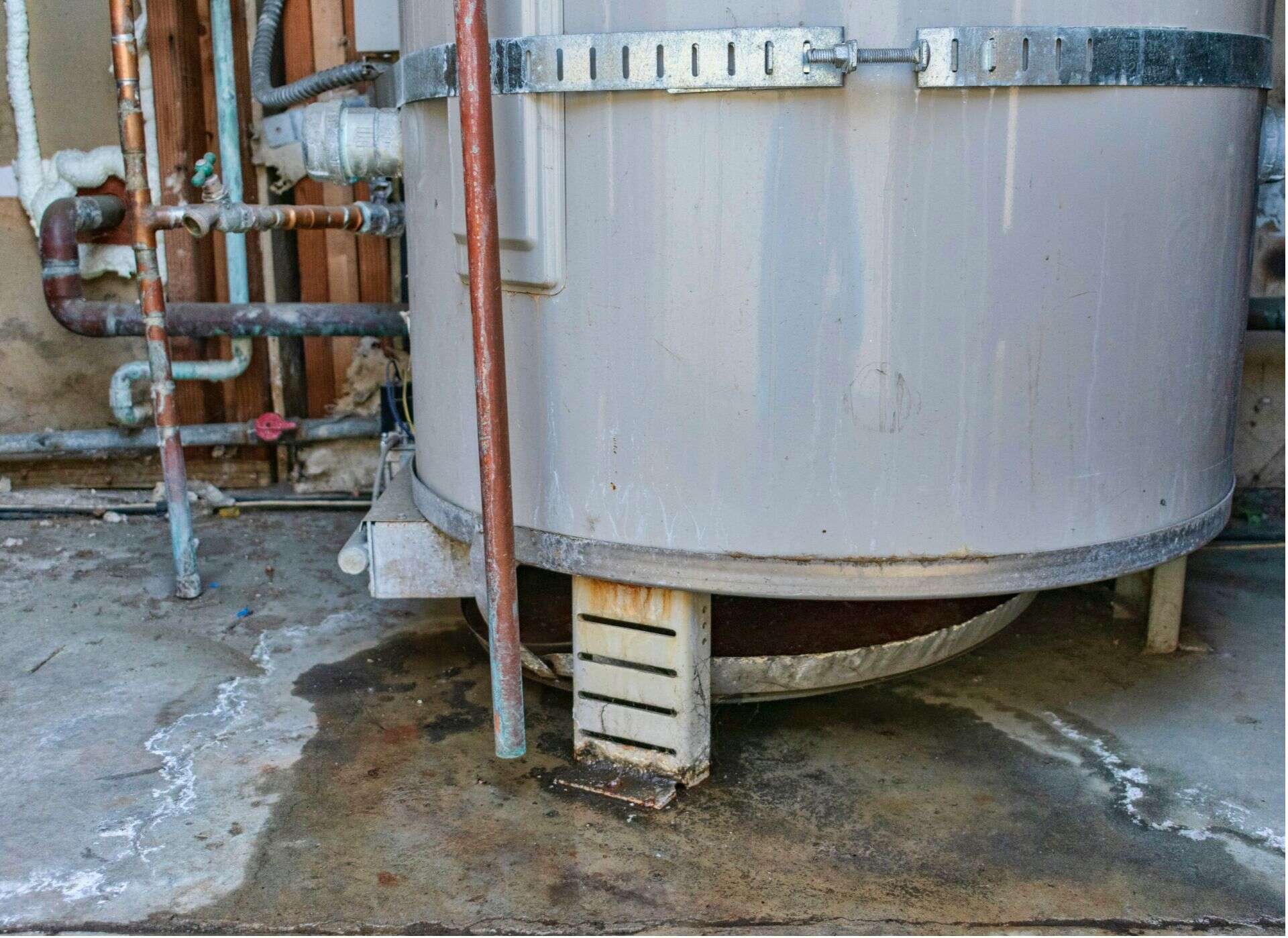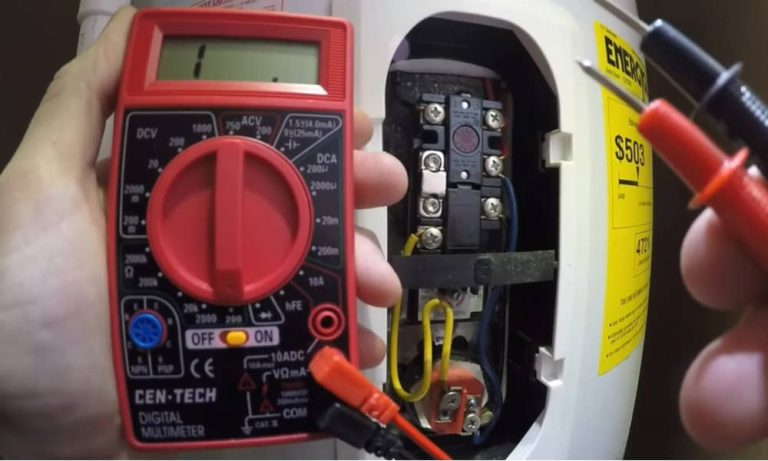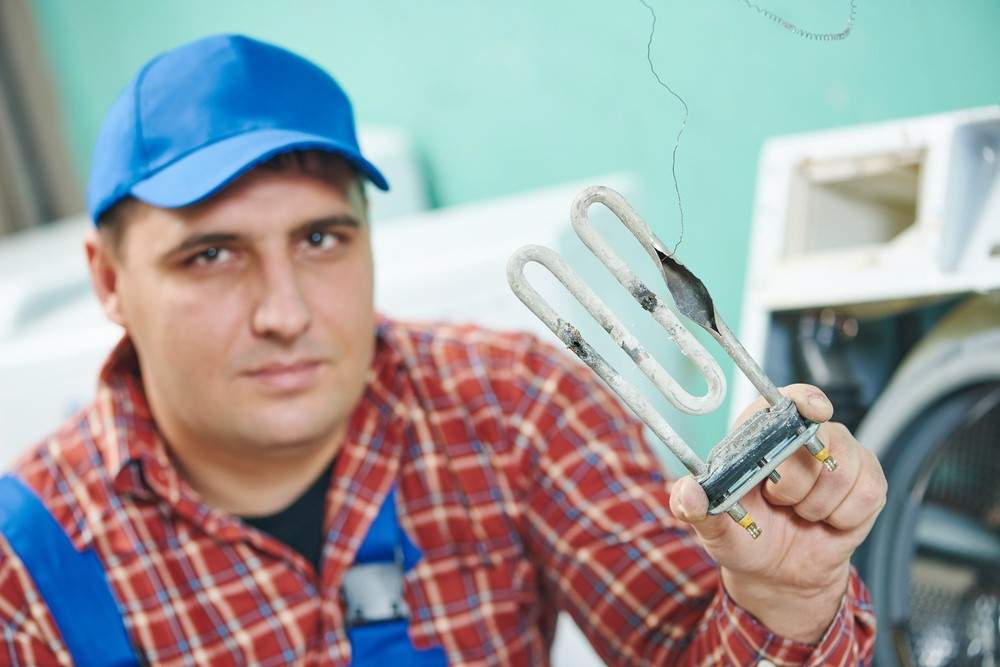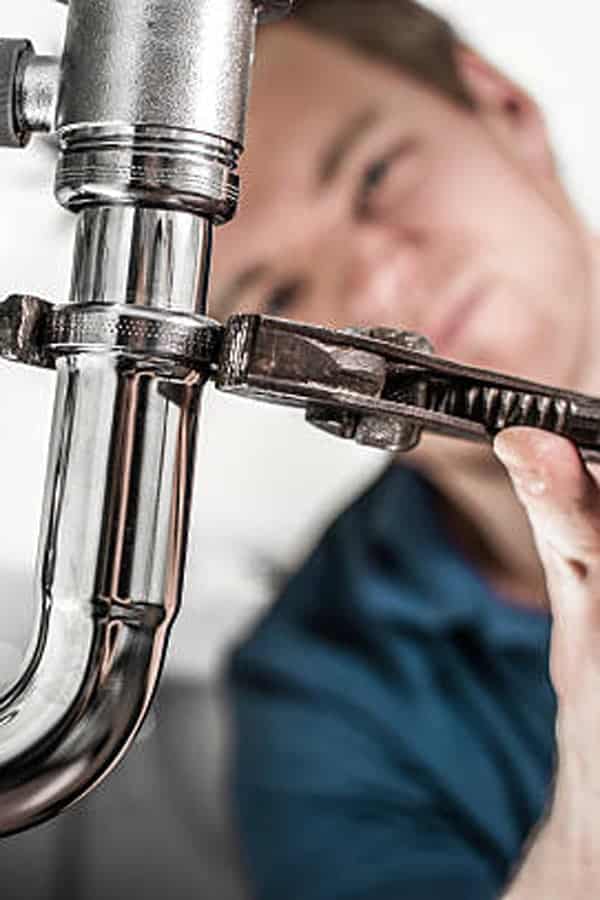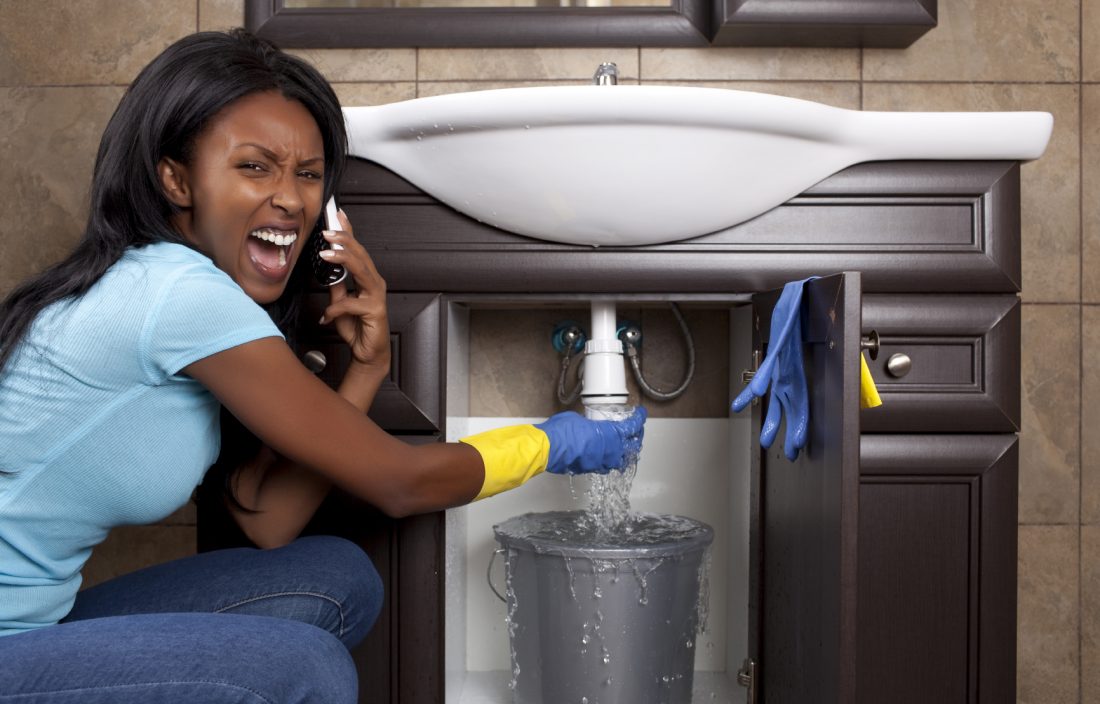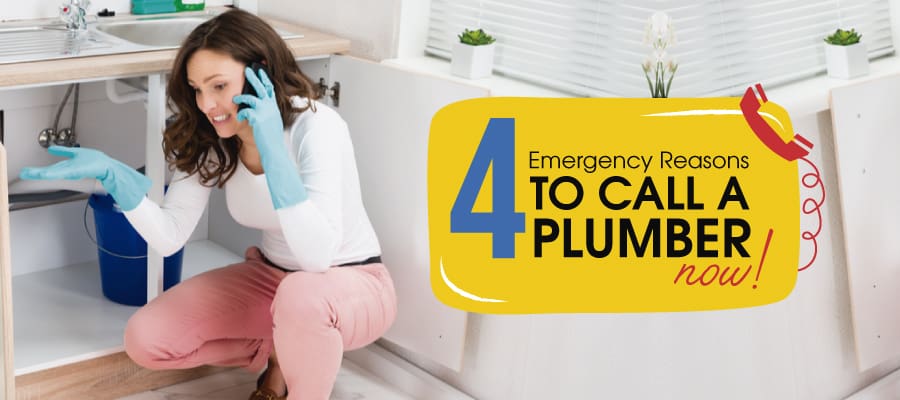One of the most common culprits for a new kitchen sink with no pressure is a clogged aerator. The aerator is the small mesh screen at the end of your faucet that helps mix air with water to create a smooth flow. Over time, debris and mineral deposits can build up and block the flow of water, causing a decrease in pressure. To check the aerator, simply unscrew it from the end of your faucet using pliers or a wrench. Rinse it off and use a toothbrush to gently scrub away any debris or buildup. If the aerator is severely clogged, you may need to soak it in a mixture of equal parts water and white vinegar for about an hour before rinsing and replacing it.Check the aerator
If the aerator is not the issue, the next step is to check the water supply. Make sure that the main water supply valve is fully open and that there are no obstructions or leaks in the pipes leading to your sink. If you have recently had any plumbing work done, it's possible that the supply valve was not fully reopened, causing low pressure.Check the water supply
Most kitchen sinks have shut-off valves located under the sink. These valves control the flow of water to the faucet and can sometimes get accidentally turned off or partially closed. Make sure that both the hot and cold water shut-off valves are fully open to allow for maximum water flow.Check the shut-off valves
If your new kitchen sink has a single-handle faucet, the problem may lie in the faucet cartridge. This cartridge controls the flow of water and can become clogged or worn out over time. To check the cartridge, turn off the water supply and remove the handle and cartridge from the faucet. Clean or replace the cartridge as needed and reassemble the faucet to see if this solves the pressure issue.Check the faucet cartridge
Every home has a water pressure regulator that controls the water pressure coming into the house. If this regulator is not functioning properly, it can lead to low water pressure throughout the entire house. To check the regulator, you will need a pressure gauge. Attach the gauge to an outdoor faucet and turn on the water. If the pressure reads below 40 psi, the regulator may need to be adjusted or replaced.Check the water pressure regulator
If you have ruled out all other possible causes, it's time to check the pipes themselves. Over time, debris and mineral deposits can build up in the pipes, causing blockages that restrict water flow. You can try using a plumbing snake to clear out any clogs, but if the problem persists, it may be necessary to call a professional plumber.Check the pipes for clogs
If your kitchen sink has a spray nozzle, it has a faucet diverter that controls the flow of water between the faucet and the spray. If this diverter is not functioning properly, it can cause a decrease in water pressure. To check the diverter, unscrew the spray nozzle and inspect the diverter for any debris or damage. Clean or replace the diverter as needed.Check the faucet diverter
If your new kitchen sink has a built-in water filtration system, it's important to regularly change or clean the filter. A clogged or dirty filter can greatly decrease water pressure. Refer to your manufacturer's instructions for how often the filter should be replaced or cleaned.Check the water filter
If you are only experiencing low pressure from the hot water side of your faucet, the issue may be with your hot water heater. Sediment and mineral deposits can build up in the tank over time and restrict the flow of hot water. To solve this problem, you may need to flush out your hot water heater or schedule a professional maintenance appointment.Check the hot water heater
If you have exhausted all of these troubleshooting options and are still experiencing low water pressure in your new kitchen sink, it's time to call a professional plumber. They will be able to diagnose and fix the issue, ensuring that you have proper water pressure for all your kitchen needs. In conclusion, a new kitchen sink with no pressure can be a frustrating problem to deal with. However, with these tips and tricks, you can hopefully diagnose and fix the issue on your own. Remember to regularly clean and maintain your sink and its components to avoid future pressure problems. But if all else fails, don't hesitate to call a professional for assistance.Call a plumber
New Kitchen Sink Has No Pressure: What Could Be Causing It?

Understanding the Importance of Water Pressure in Your Kitchen Sink
 When it comes to designing a house, the kitchen is often considered the heart of the home. It is where families gather to cook, eat, and bond over shared meals. As such, having a functional and efficient kitchen is crucial for any household. One of the essential components of a kitchen is the sink, and having proper water pressure is vital for its functionality. However, if you have recently installed a new kitchen sink and noticed that it has no pressure, there could be several reasons for this issue.
When it comes to designing a house, the kitchen is often considered the heart of the home. It is where families gather to cook, eat, and bond over shared meals. As such, having a functional and efficient kitchen is crucial for any household. One of the essential components of a kitchen is the sink, and having proper water pressure is vital for its functionality. However, if you have recently installed a new kitchen sink and noticed that it has no pressure, there could be several reasons for this issue.
1. Check for Clogged Pipes or Faucet
 One of the most common reasons for a new kitchen sink having no pressure is clogged pipes or faucet. Over time, debris and mineral deposits can build up in the pipes and faucet, restricting the flow of water. This can lead to low water pressure or even no water at all. To check for this issue, turn off the water supply and unscrew the faucet aerator. If you notice any buildup, clean it out and reattach it. If the problem persists, you may need to call a professional plumber to clean out the pipes and faucet.
One of the most common reasons for a new kitchen sink having no pressure is clogged pipes or faucet. Over time, debris and mineral deposits can build up in the pipes and faucet, restricting the flow of water. This can lead to low water pressure or even no water at all. To check for this issue, turn off the water supply and unscrew the faucet aerator. If you notice any buildup, clean it out and reattach it. If the problem persists, you may need to call a professional plumber to clean out the pipes and faucet.
2. Consider the Water Pressure Regulator
 Another possible cause of low water pressure in a new kitchen sink is a faulty water pressure regulator. The water pressure regulator is responsible for maintaining a consistent flow of water in your home. If it is not functioning correctly, it can result in low water pressure. You can check this by locating the regulator and adjusting it to increase the water pressure. If this does not solve the issue, you may need to replace the water pressure regulator.
Another possible cause of low water pressure in a new kitchen sink is a faulty water pressure regulator. The water pressure regulator is responsible for maintaining a consistent flow of water in your home. If it is not functioning correctly, it can result in low water pressure. You can check this by locating the regulator and adjusting it to increase the water pressure. If this does not solve the issue, you may need to replace the water pressure regulator.
3. Look for Leaks or Damage
 Leaks or damage in the pipes can also cause low water pressure in your new kitchen sink. If you notice any drips or puddles under the sink, this could be a sign of a leak. It is essential to address leaks immediately, as they can lead to further damage and higher water bills. If you suspect a leak, call a plumber to inspect and repair the pipes.
In conclusion
, a new kitchen sink with no pressure can be a frustrating issue to deal with. However, with a little investigation and possibly the help of a professional, you can determine the cause and resolve the problem. By addressing any clogs, faulty regulators, or leaks, you can ensure that your kitchen sink has the proper water pressure for all your cooking and cleaning needs.
Leaks or damage in the pipes can also cause low water pressure in your new kitchen sink. If you notice any drips or puddles under the sink, this could be a sign of a leak. It is essential to address leaks immediately, as they can lead to further damage and higher water bills. If you suspect a leak, call a plumber to inspect and repair the pipes.
In conclusion
, a new kitchen sink with no pressure can be a frustrating issue to deal with. However, with a little investigation and possibly the help of a professional, you can determine the cause and resolve the problem. By addressing any clogs, faulty regulators, or leaks, you can ensure that your kitchen sink has the proper water pressure for all your cooking and cleaning needs.










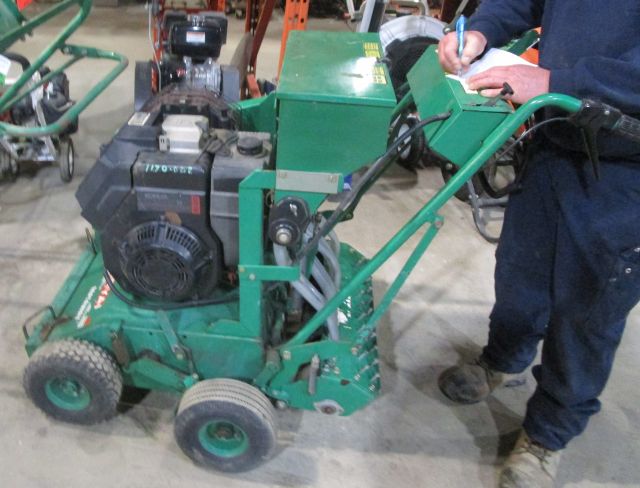
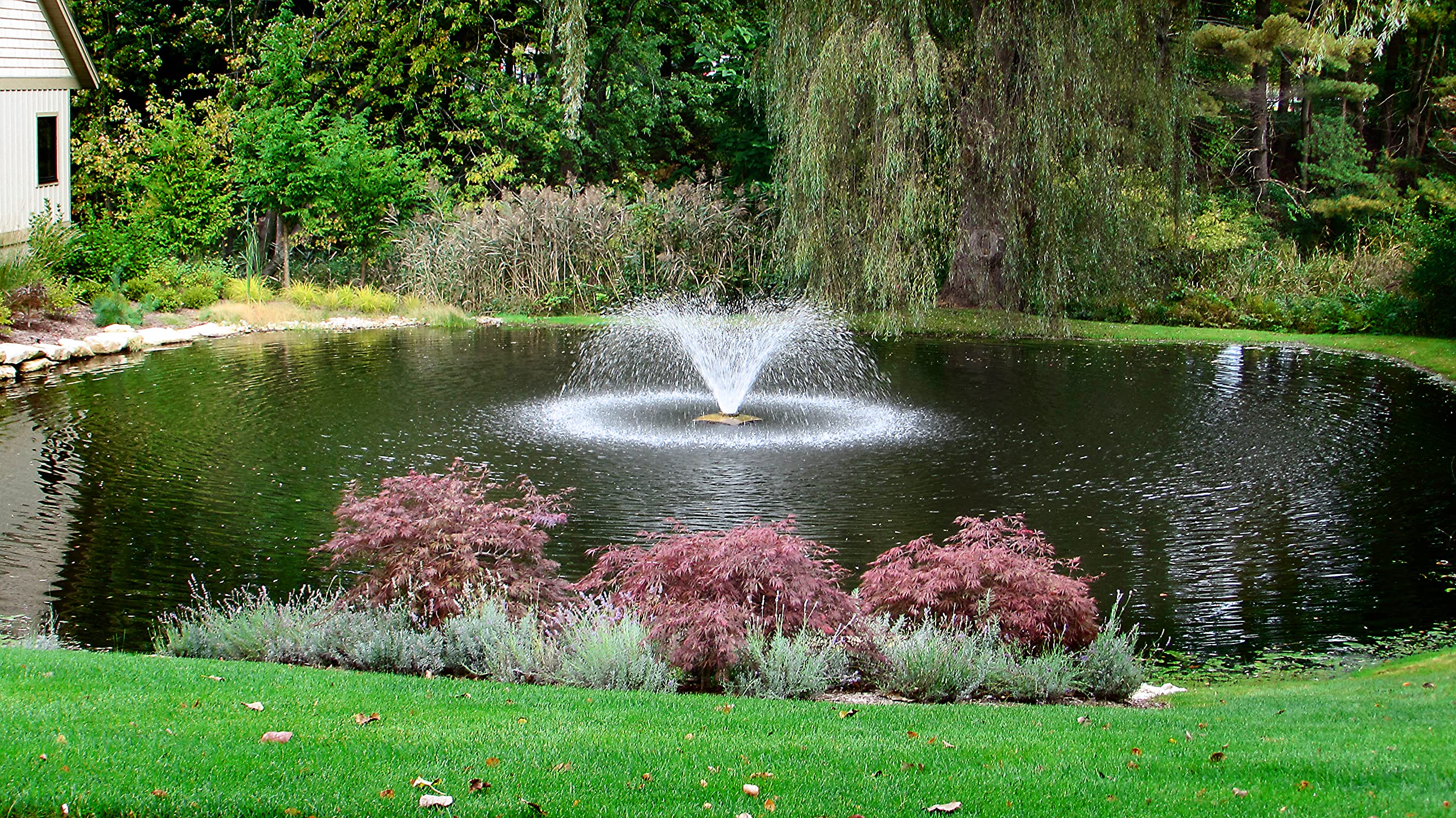
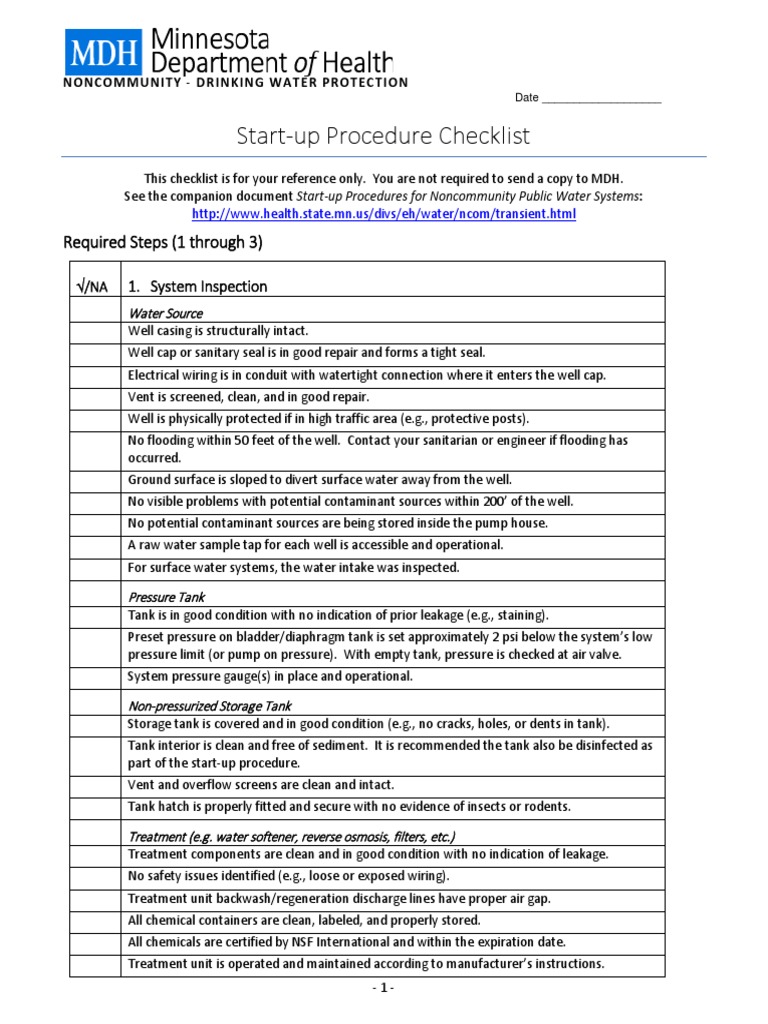

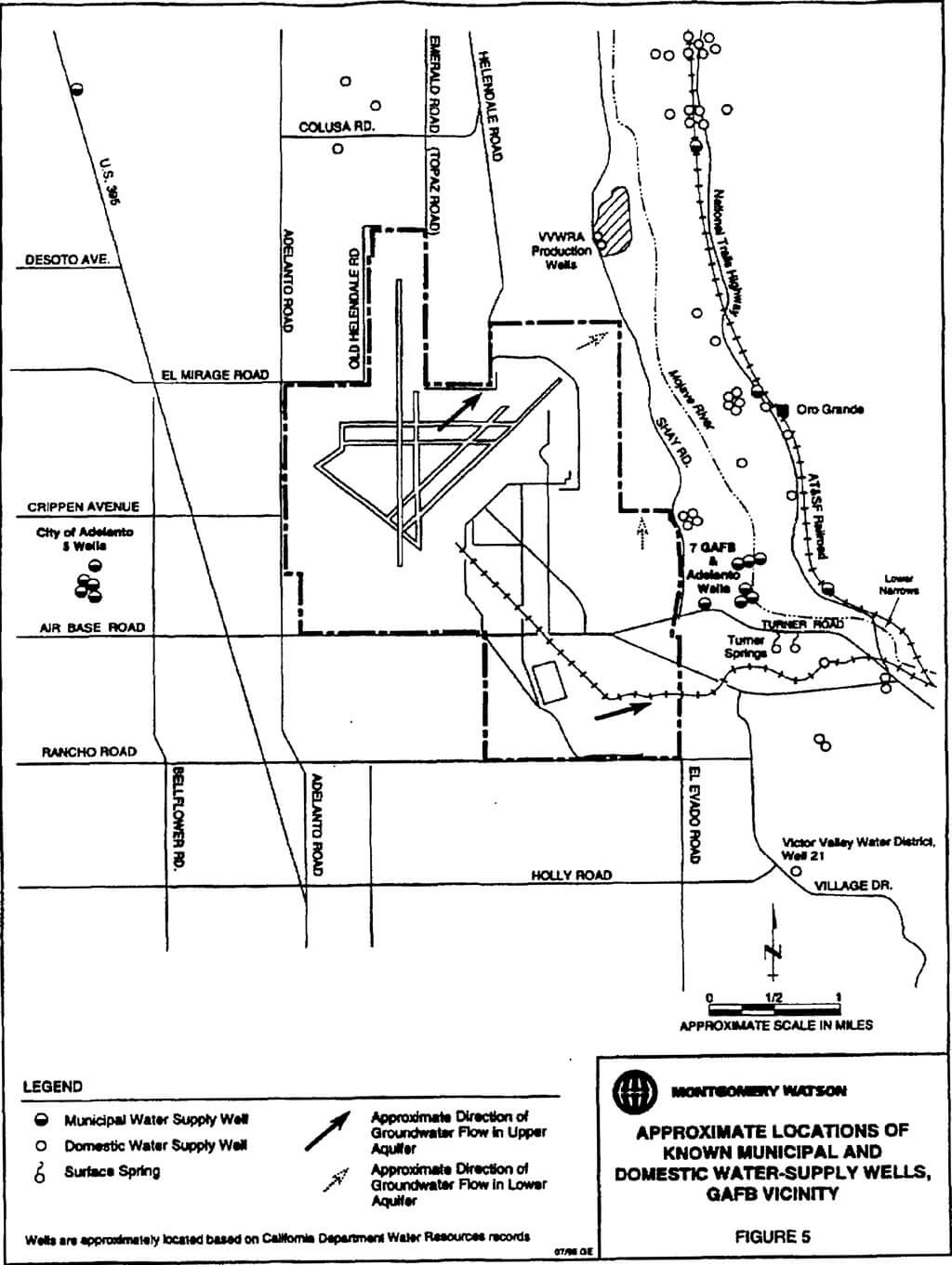
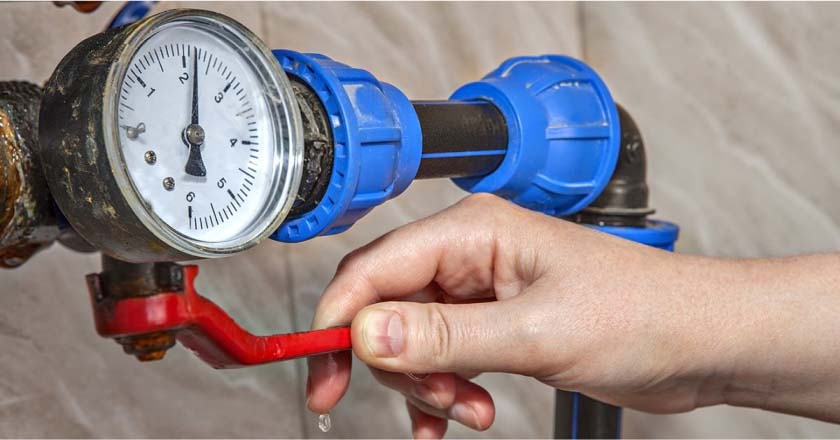
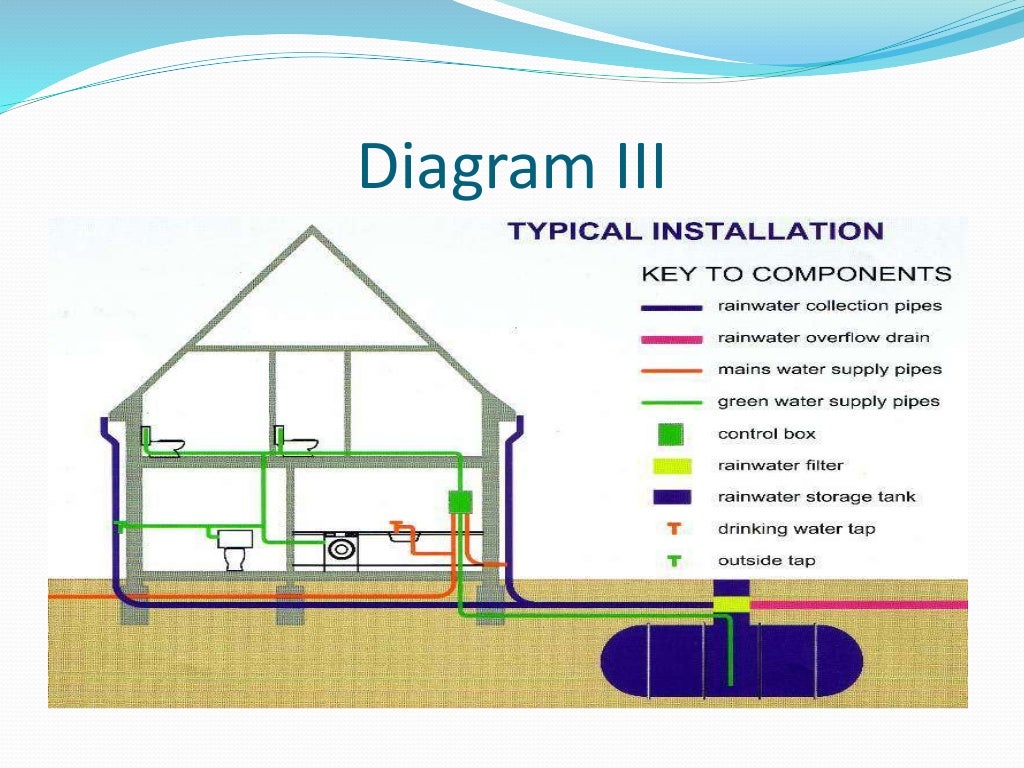


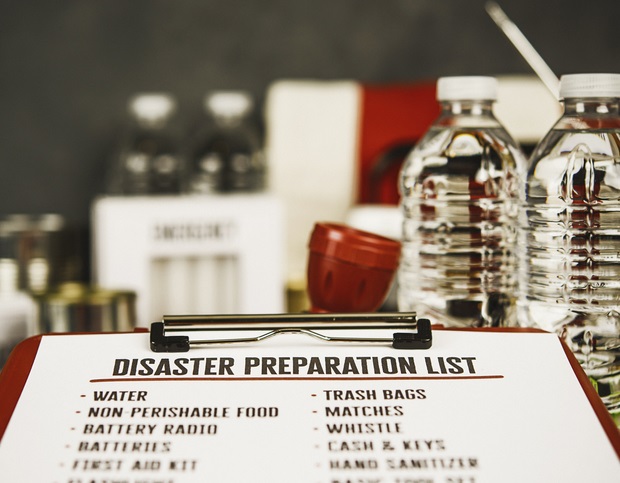


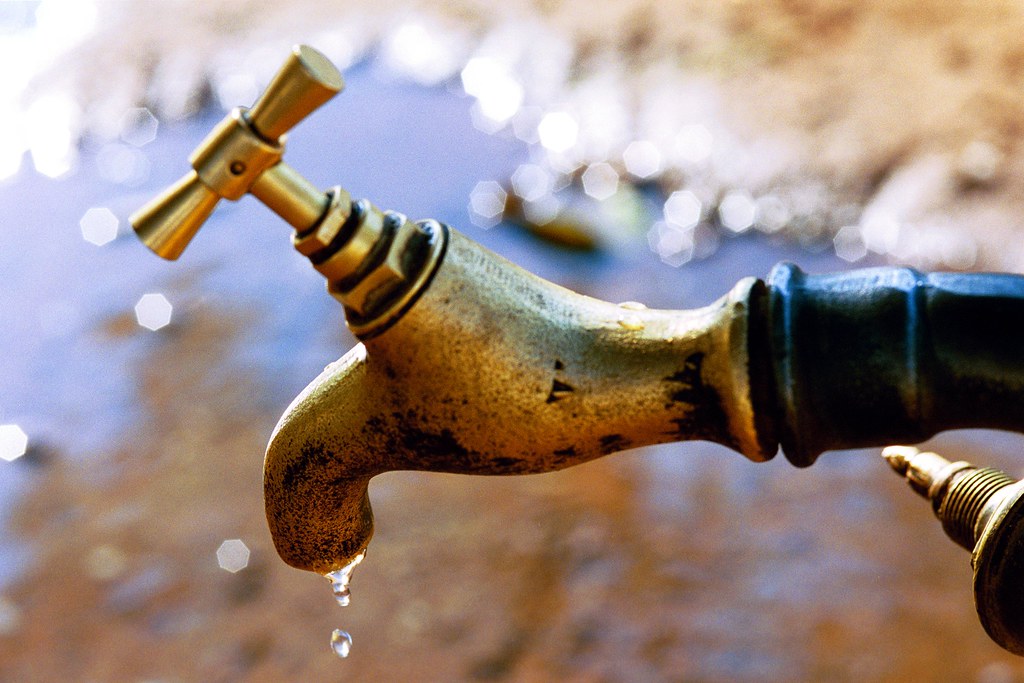




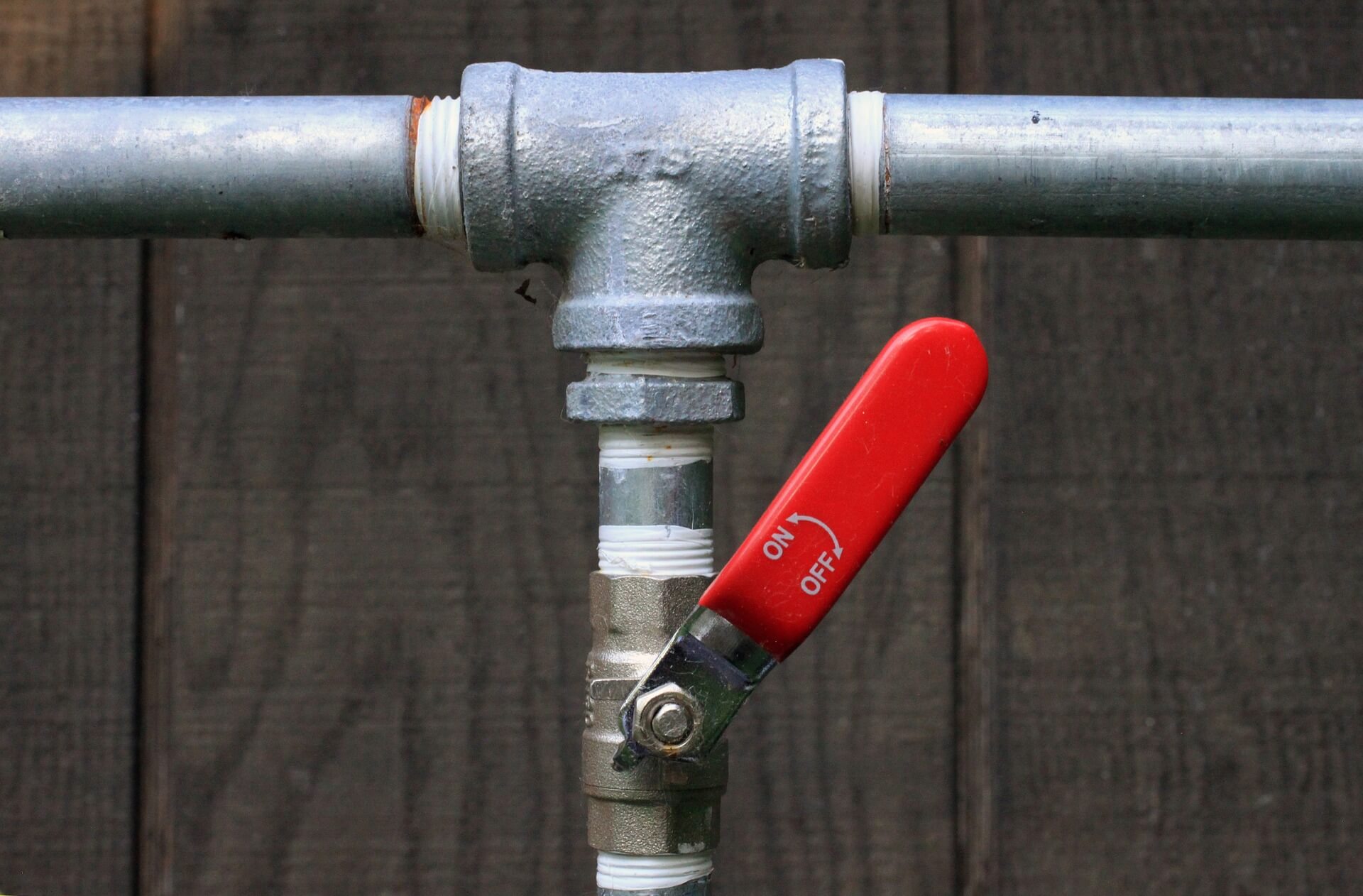

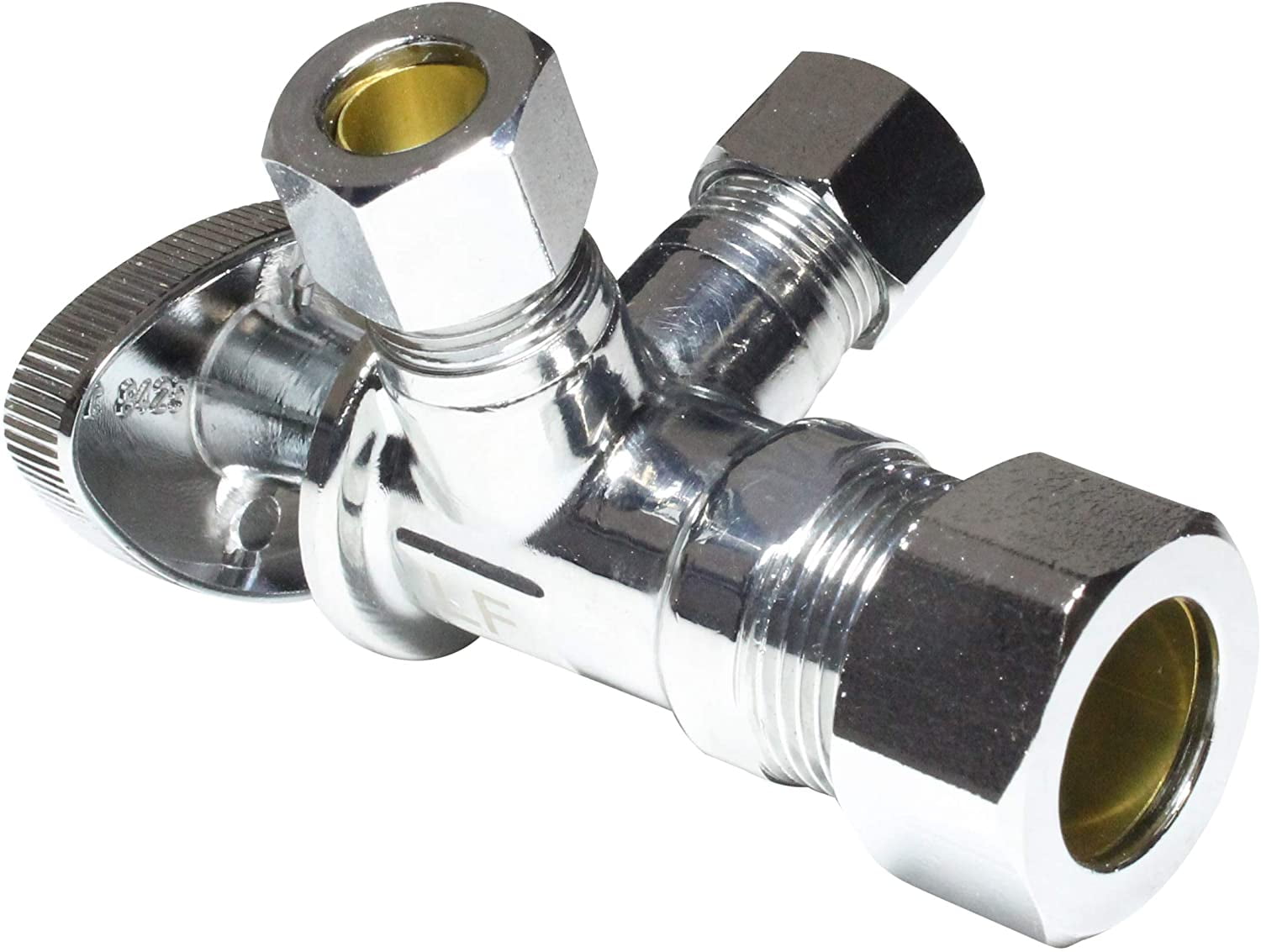




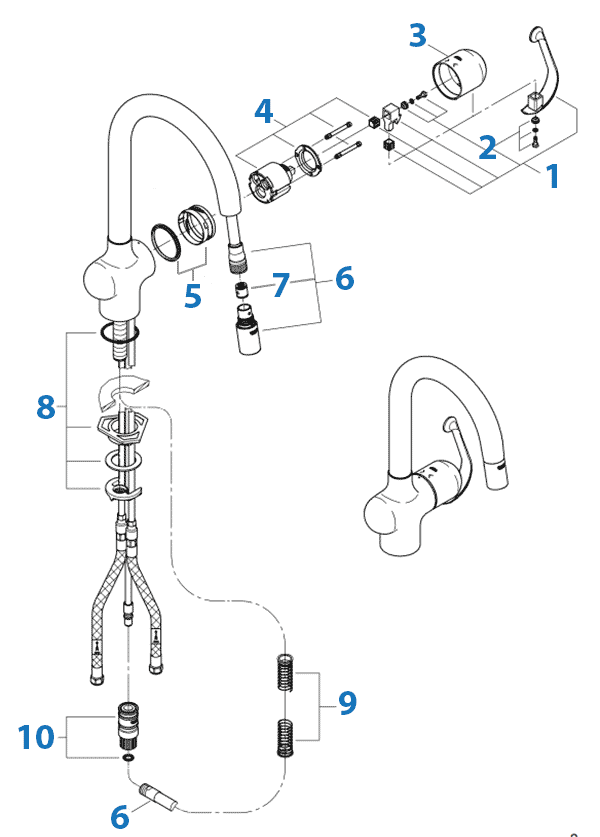










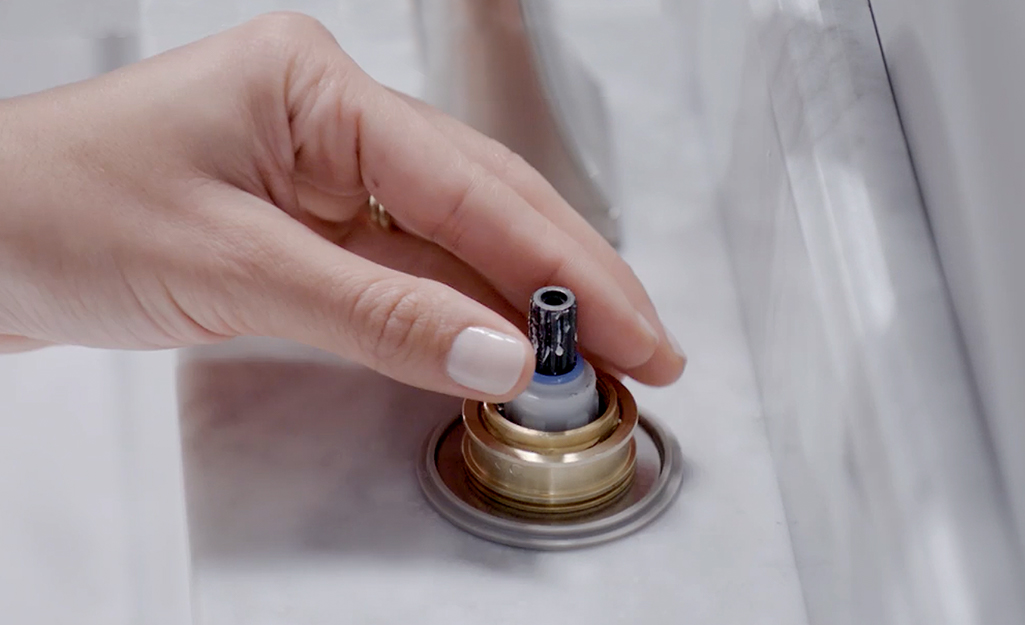


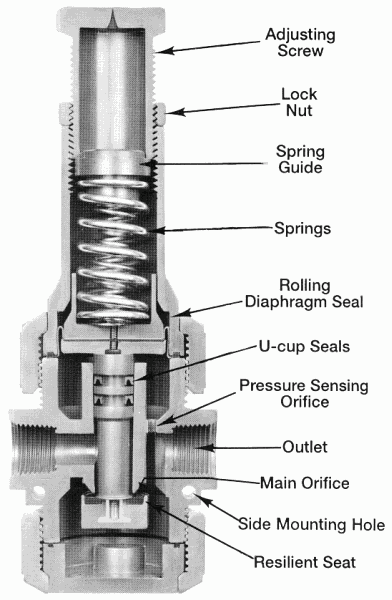
:max_bytes(150000):strip_icc()/the-men-s-hand-opens-the-ball-valve-on-the-collector-1006810456-5c5fc73fc9e77c000159c4af.jpg)









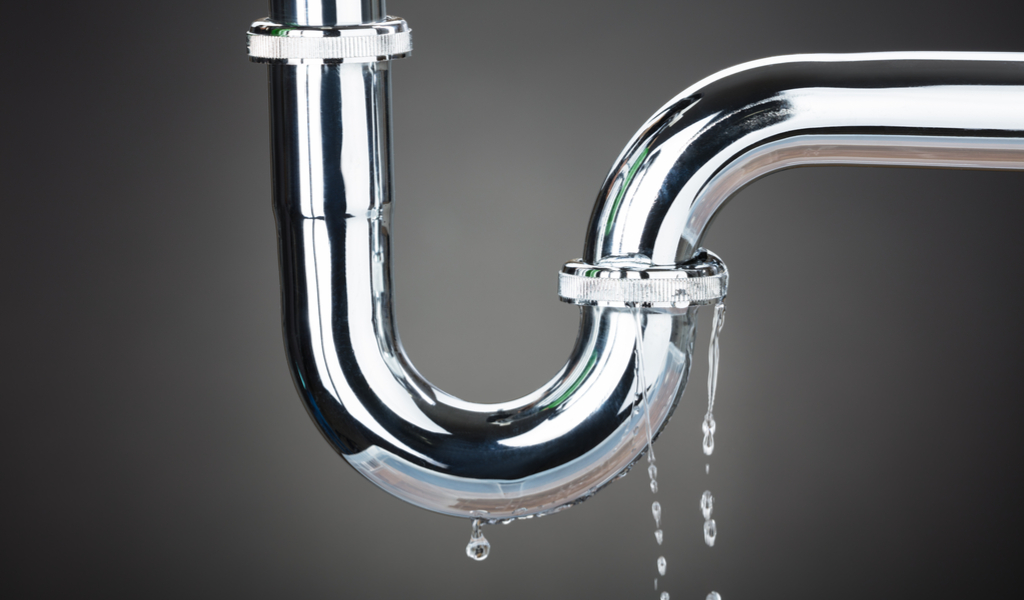









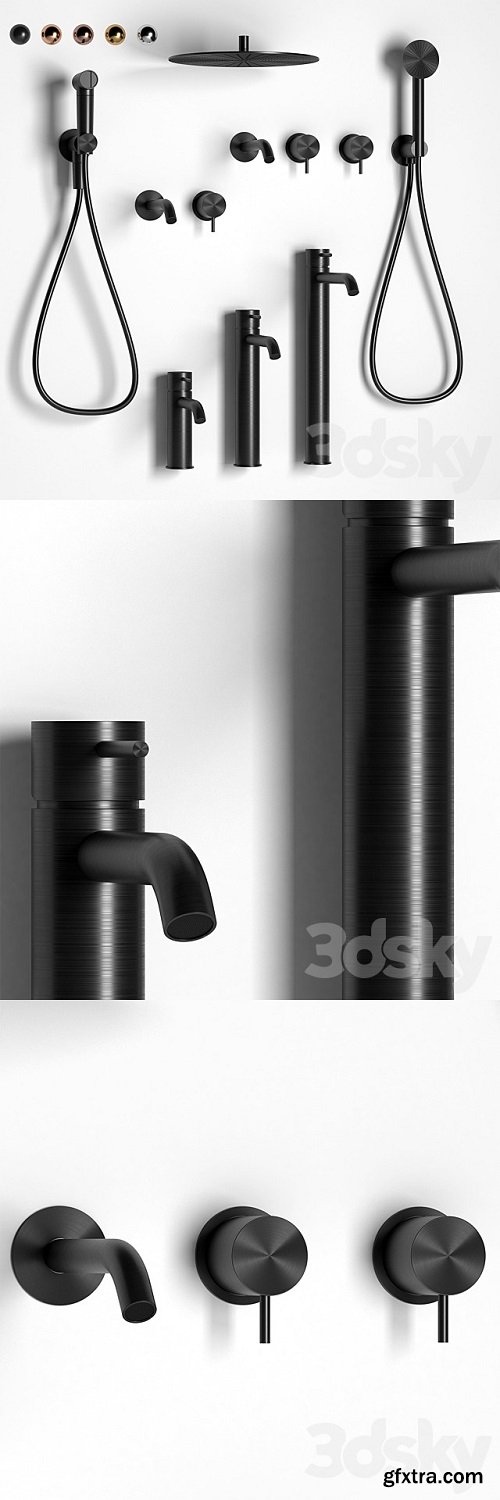




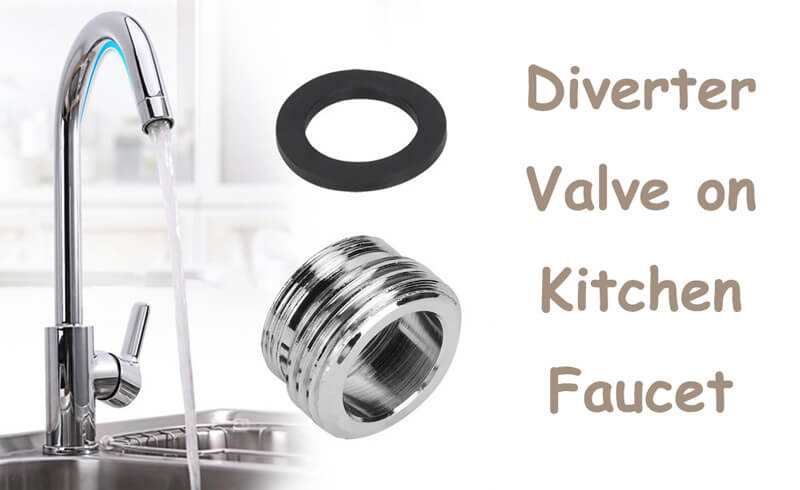
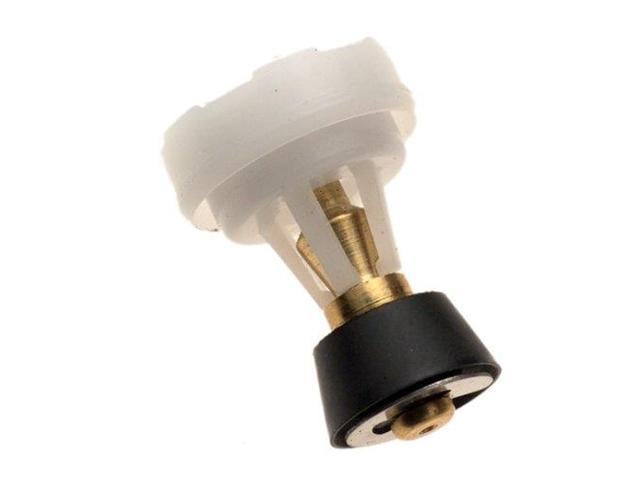







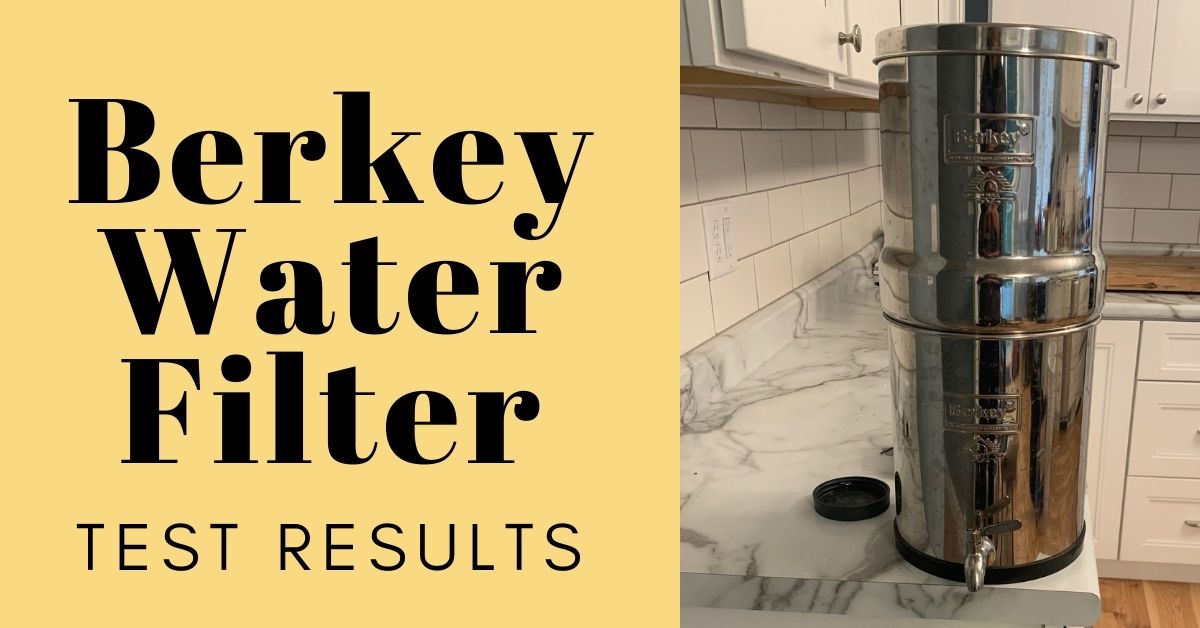
/cdn.vox-cdn.com/uploads/chorus_image/image/63879746/WaterFilter_2.0.jpg)





